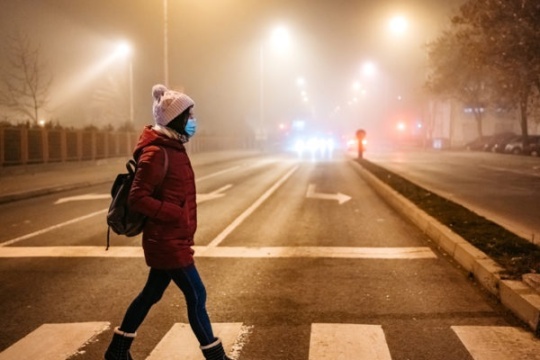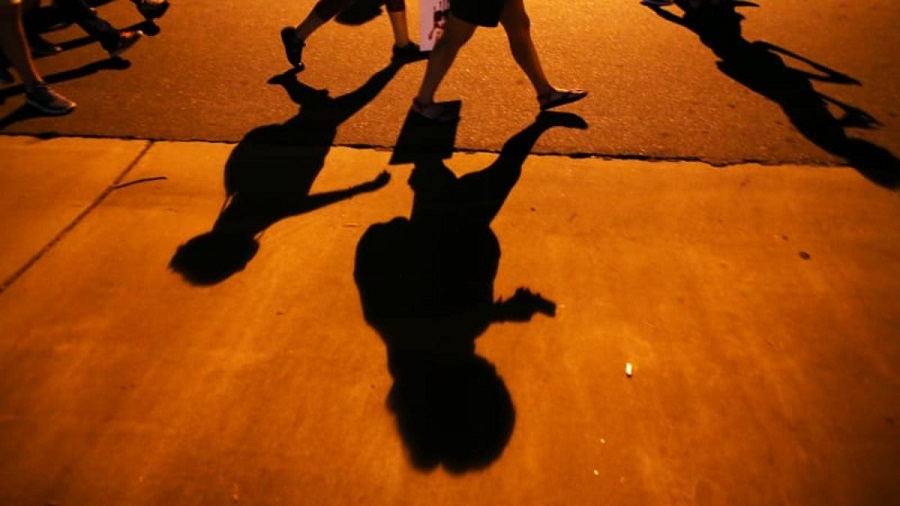A concerning and intricate issue has emerged as pedestrian fatalities, particularly at night, have seen a significant surge in recent years. The New York Times delves into this unsettling phenomenon, exploring the intricate web of factors contributing to more than 7,300 pedestrian deaths in America in 2021, with a staggering three in four occurring between sunset and sunrise.
The report, titled ‘Why Are So Many American Pedestrians Dying at Night?’ not only sheds light on the alarming increase in nighttime fatalities over the past 15 years but also uncovers multifaceted reasons beyond mere darkness. The distractions posed by smartphone use, both by drivers and pedestrians, along with tinkering with digital display devices near the dashboard, are identified as contributing factors. Additionally, the report highlights the rising use of drugs by drivers and the increased presence of pedestrians on roads not designed for foot traffic.
Twelve months prior, a certain news agency delved into comparable data, introducing subtleties that The New York Times only partially addresses or neglects. Noteworthy among these is the observation that pedestrians frequently don dark clothing, compromising their visibility. Anecdotal insights reveal instances of pedestrians overlooking fundamental safety practices, such as jaywalking or crossing roads without establishing eye contact with drivers. A significant proportion of pedestrian fatalities—three-quarters, to be precise—take place away from intersections, where drivers operate at higher speeds and are less likely to anticipate pedestrians. A surprising revelation is that 32% of fatal accidents involving pedestrians feature individuals with a blood-alcohol level surpassing 0.08%, implying impaired decision-making while walking.
In Portland, Oregon, Dana Dickman, the traffic safety section manager for the Portland Bureau of Transportation, underscores the changing landscape. She notes, ‘Now we have folks that are living, working, shopping, going to school directly on these roads that were essentially built as highways.’
The Times writers emphasize a distinct American amalgamation of technological and social changes over the past decade and a half, superimposed on a road system and culture prioritizing speed over safety. The overarching impact has not only reversed progress in daytime pedestrian fatalities but has also led to a modest increase in deaths. The report concludes by underscoring the potential amplification of these risks during nighttime.
Despite expert insights, the root causes of the growing gap in Pedestrian Fatalities between the U.S. and other advanced nations remain elusive. The Times quotes Jessica Cicchino, the vice president for research at the Insurance Institute for Highway Safety, who expresses uncertainty about the rapid increase in nighttime deaths. The question of what specifically happens in the dark remains unanswered.
While some researchers point to the prevalence of wider, longer, taller, and heavier vehicles, akin to SUVs, as contributing factors, the report challenges this notion. The increase in vehicle size alone doesn’t sufficiently explain the surge, as American cars were relatively large even before 2009. The slow rate at which new cars replace existing ones adds complexity to this narrative.





